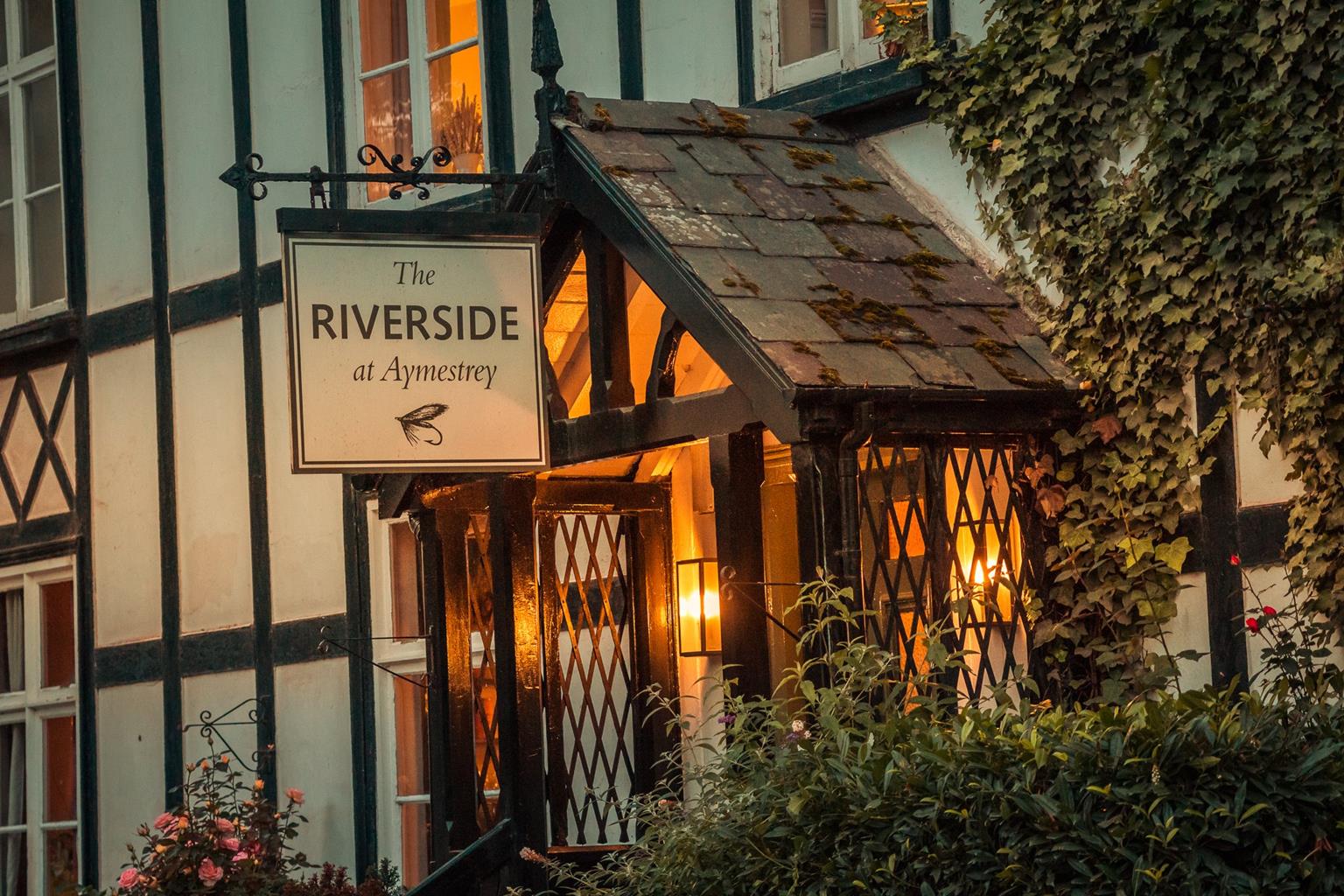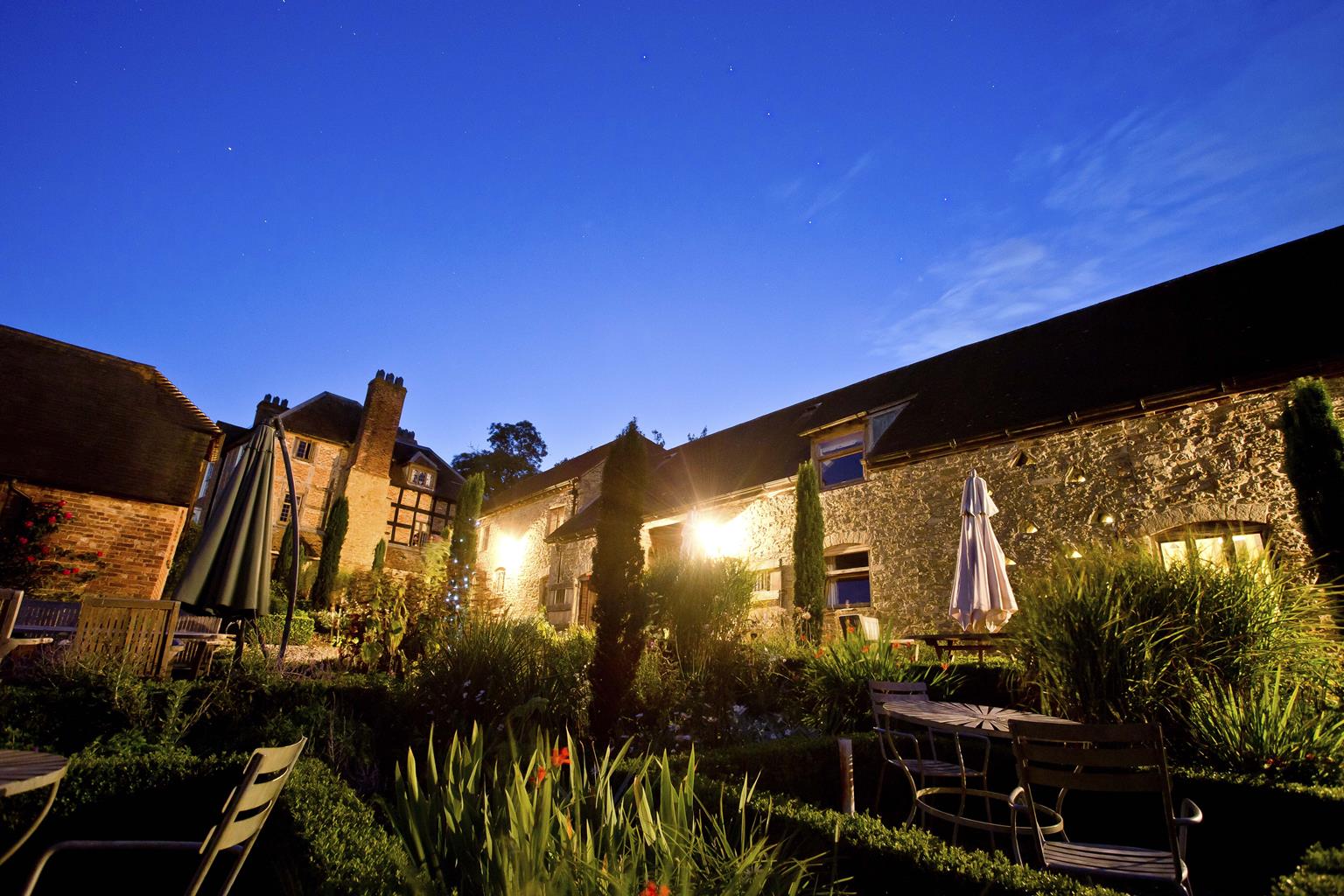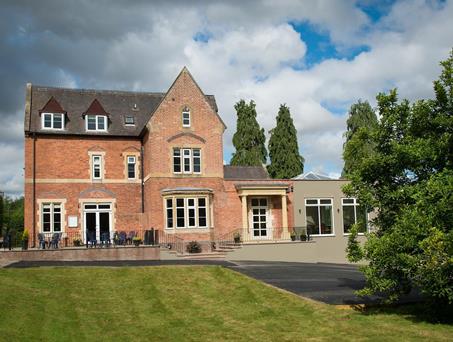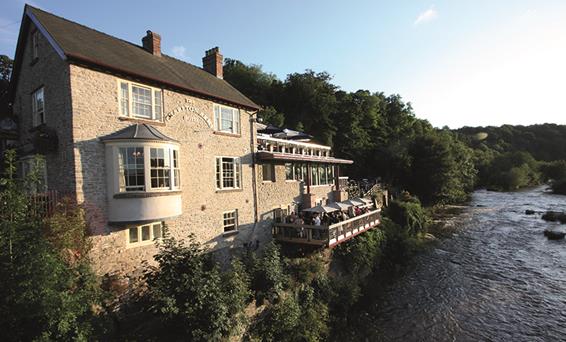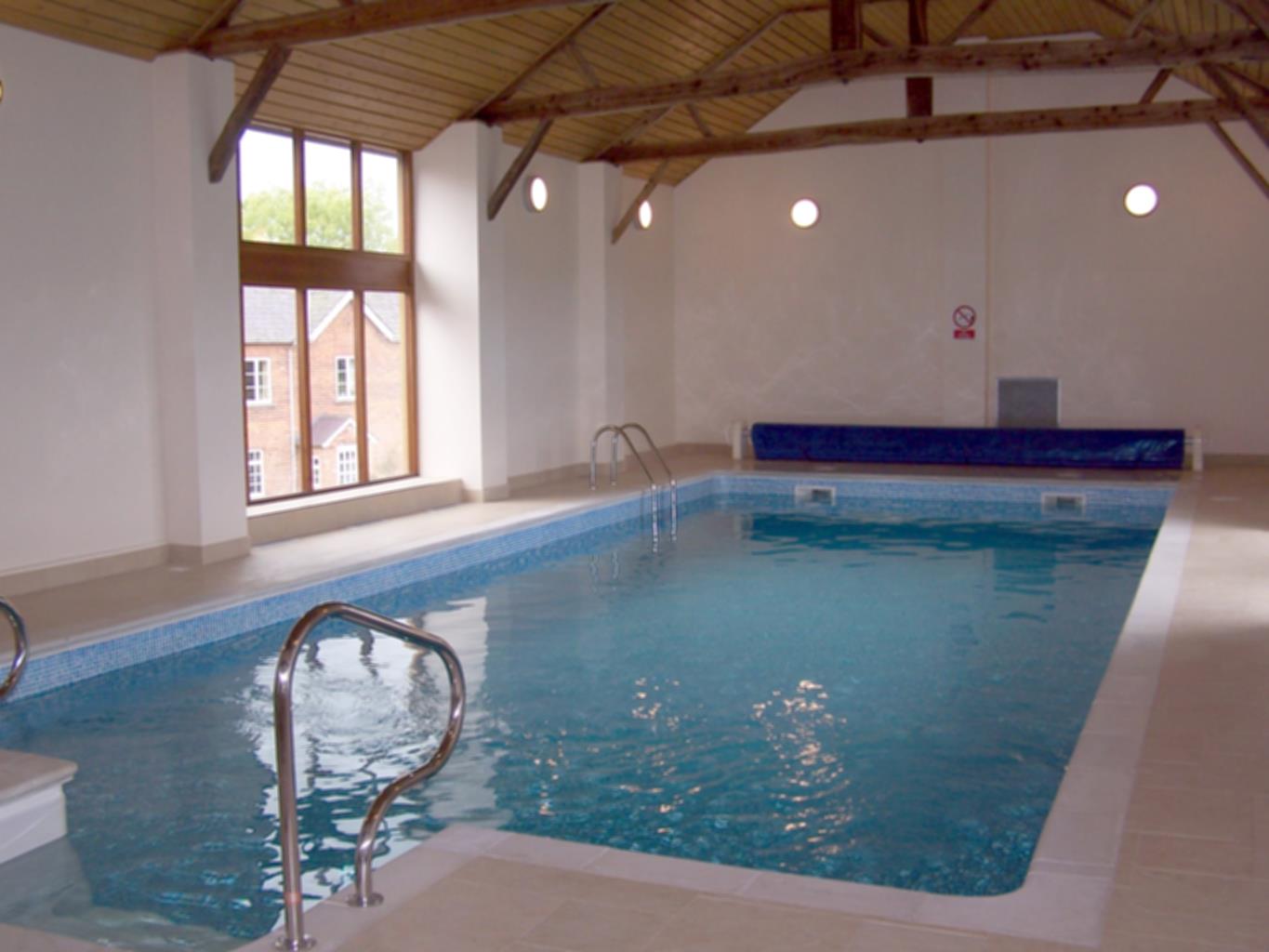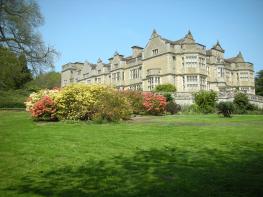Surrounded by unspoilt countryside, these two homely properties are superbly appointed for all…
Harley's Mountain

7.5 miles (12.1kms)
About the walk
After World War II, the nascent European Economic Community devised the well-intentioned Common Agricultural Policy (CAP) to address food shortages. In its later years the CAP fell into disrepute because surpluses resulted, and maintaining these perishable stores was costly. It was also contentious because many of the larger players in the global food market, in particular the United States, complained (correctly, it seems) that exportation of such surpluses was illegal because they arose from subsidised production.
To reduce the European output, ‘set-aside’ was introduced in 1992. Under the scheme, farmers essentially left some fields ‘unfarmed’ and received financial compensation for loss of income. In 2001, for example, farmers were obliged to leave 10 per cent of their food acreage out of food production. The payment received was partly dependent upon which side of the Welsh border the land lay. In England the rate was £88 per acre (£218 per hectare) but in Wales it was £77 per acre (£190 per hectare). Set-aside land could be used for growing ‘industrial’ as opposed to food crops and land could be either part of a crop rotation or left for successive years. In environmental terms, favoured fields would be those adjacent to existing hedgerows, copses, commons and the like.
The government replaced Set-aside with the Single Payment Scheme in 2005, which was then superseded by the Basic Payment Scheme ten years later. In 2024 ‘delinked payments’ will be introduced as the latest plan for farmers to follow. Clearly the solutions to the agricultural economy will continue to tax policymakers for many years to come.
Walk directions
With the church tower behind you, walk forward and cross over to take the minor road signposted ‘Willey’. When you reach the first bend, follow the fingerpost directly ahead. Walk up the left-hand edge of one paddock, followed by the right-hand edge of next and move right to find a stile, with a barn on your left and a muddy track in trees on your right.
Five paces to the right climb another stile and follow the left-hand field-edge marked by square fencing. With trees and power lines half-left, follow a waymarker up and slightly right. In the corner, go through a narrow metal gate (waymarked) to the side of a track. On reaching a brick-built cottage skirt right of this, and around the buildings of Mynde Farm (loose dogs may be present). Find a gate on the right behind a low building.
Turn right to go down and up a wide meadow to a stile seen from afar beside a prominent tree in the hedge. Go diagonally across (right) to a top field corner towards power lines and trees on the horizon, passing beside Mountain Buildings on a stony track. Where the track divides, take the left fork to two pine trees some 160yds (146m) further. Enter a large field. Go diagonally to a protruding hedge corner; then follow the hedge left for two field-edges. Within 200yds (183m) take a gate on the left. One field further along this breezy ridge reach another gate with a small pool to the right (possibly dry in high summer). Above and behind you is the trig point in the hedge.
Go straight ahead, not left, for over 0.75 miles (1.2km). Crossing arable fields and pastures using a farm track and following ‘Herefordshire Trail’ markers, descend to reach a minor road. Turn left for 120yds (110m), then left, signposted ‘Lingen’, soon passing the diminutive Primitive Methodist chapel. More than 0.5 miles (800m) further, turn right at a T-junction. Now in just 70yds (64m) take a fingerpost right, across a field to a stile, and down into the valley. Veer a fraction right, but don’t be misled by sheep tracks – pick your way down this, at times inordinately steep, pasture, to find a gate then a double-stiled footbridge in a boggy patch below three large ash trees.
Scramble up a short, wooded bank to walk with a field boundary on your left for about 250yds (229m), taking a deeply rutted farm track into a miniature valley with tall trees. Here ignore an option to fork right on a track, instead swinging left, ascending, alongside an old, square-wire fence. However, in just 80yds (73m), at a fence corner, keep ahead, to pass through a gap beside a defunct stile, to the left of a rusty barn. Walk 80yds (73m) diagonally left to a working stile. Walk up the left side of the field to a minor road.
Turn left, along the road, for 650yds (594m). Turn left at Hill Crest. Just past a large metal barn at Kite’s Nest take a track between hedges, not into a field 50yds (47m) beyond a new metal gate. When the outbuildings of New House are near your left take the lower, wider track, into pleasant woodland. On seeing a garden shed before Noisy Hall, fork left. Beside the house, initially keep just within the trees, on a narrow path close to pasture on your right. This goes deeper into woodland but after 600yds (549m) a kissing gate gives on to meadows. Two fields later, go into trees again (at a stile and gate, a large oak has grown around a gate bar), for a gently descending track. This becomes a deeply sunken, barrel-like lane between meadows once more. This ends at a dirt track to the public road, beside the Methodist chapel. Turn left through the village, then the lychgate to St Michael’s and All Angels Church.
Additional information
Meadows, field paths, woodland tracks with roots, many stiles
Wooded hillsides and farmland, views to higher Welsh hills
Horses near Lingen but few sheep, 88 exciting woods
OS Explorer 201 Knighton & Presteigne
At St Michael’s & All Angels Church, Lingen (tuck in well)
None on route
WALKING IN SAFETY
Read our tips to look after yourself and the environment when following this walk.
Find out more
Also in the area
About the area
Discover Herefordshire
Herefordshire is split in two by the River Wye which meanders through the county on its way to the Severn and the sea. Largely rural, with Hereford, Leominster, and Ross-on-Wye the major towns and cities, its countryside and ancient villages are the county’s major asset.
Visitors can take advantage of a number of the trails which will guide them through areas of interest. Those especially interested in historic village life should try the Black and White Village Trail, which takes motorists on a 40-mile drive around timber-framed villages from Leominster to Weobley (established in the 17th century and known as a centre of witchcraft in the 18th), Eardisley (where the church boasts a 12th-century carved font), Kington, Pembridge and others. Other trails include the Mortimer Trail, the Hop Trail and the Hidden Highway, which goes from Ross-on-Wye to Chester. Hereford has a small Norman cathedral, which has a great forest of pink sandstone columns lining the nave. Inside is a chained library, a 13th-century Mappa Mundi (map of the world) and one of only four copies of the 1217 version of the Magna Carta.
Nearby stays
Restaurants and Pubs
Nearby experiences
Recommended things to do
Why choose Rated Trips?
Your trusted guide to rated places across the UK
The best coverage
Discover more than 15,000 professionally rated places to stay, eat and visit from across the UK and Ireland.
Quality assured
Choose a place to stay safe in the knowledge that it has been expertly assessed by trained assessors.
Plan your next trip
Search by location or the type of place you're visiting to find your next ideal holiday experience.
Travel inspiration
Read our articles, city guides and recommended things to do for inspiration. We're here to help you explore the UK.

